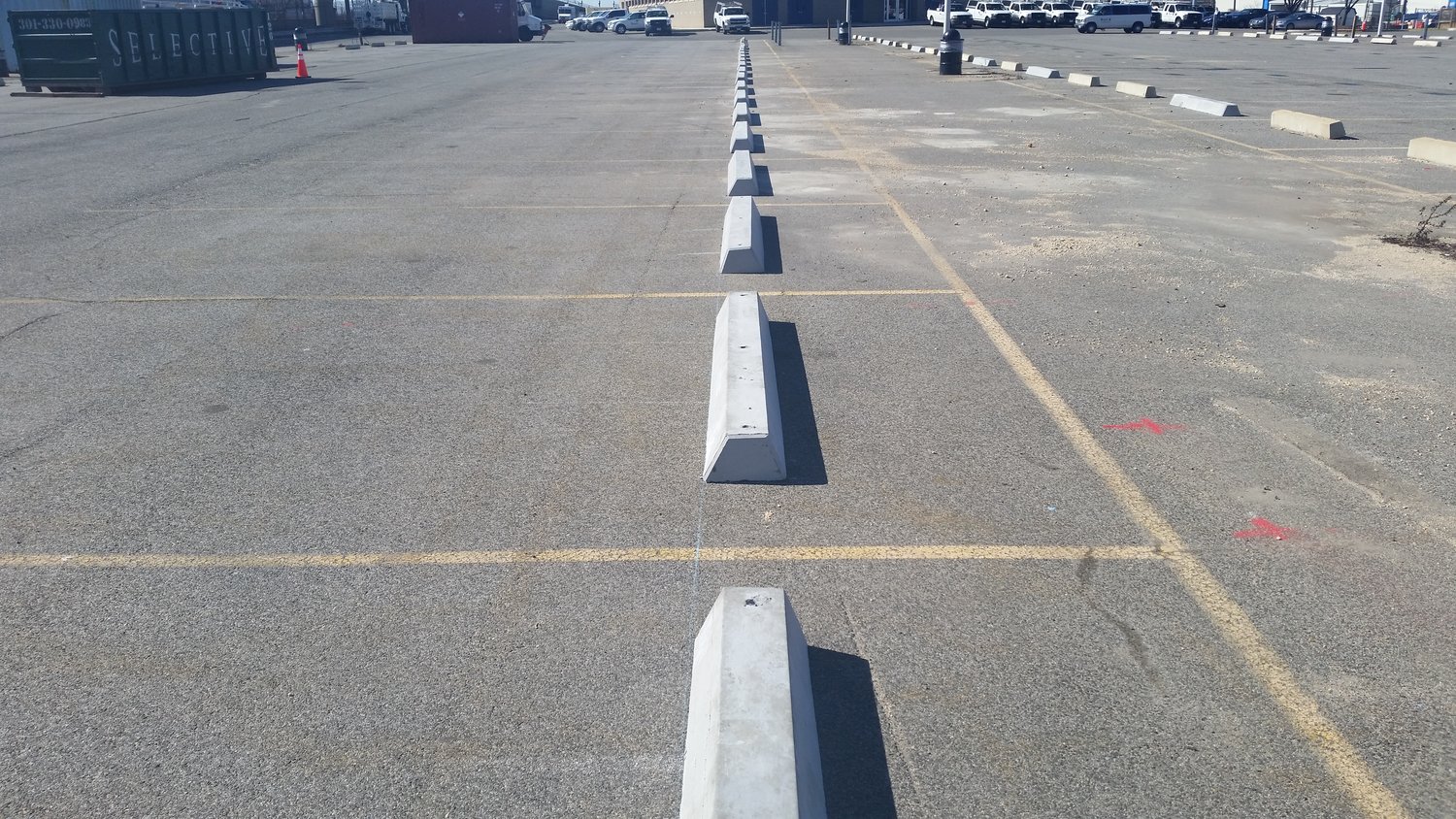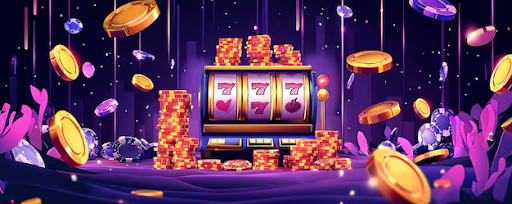The past few months have shifted the traditional expectations and way of living. Designers, therefore, are responsible for taking a lot of things into account while creating different projects. Some of the factors to consider include the ongoing pandemic, sustainability, technological advancements, tight budgets and shifting needs.
Consequently, these are the driving elements for other industries including the healthcare industry, education department and the industrial sector. As a result, designers are rethinking popular trends and coming up with innovating ideas to make our spaces better.
As mentioned earlier, technological advancements, including blockchain technology, affect decisions made by designers today. So, what do designers anticipate in 2022 in relation to world developments?
- Embracing Uniqueness
A lot of designers are gradually doing away with the cookie-cutter approach. This method is originally safer, causing a lot of spaces to have the same concept. As a new trend, designers are embracing completely new design dimensions and techniques. Previous conservative ideas and preconceptions will be ignored entirely.
The recent pandemic shifted the customer’s perception of space and the effect it has on user engagement and mood. For example, customers wish for something new and exciting while still maintaining its functionality. These designs will celebrate the different cultures, quality craftsmanship and techniques as opposed to being confined in traditional boring spaces.
- Comfort and Wellbeing Is Priority
This factor is key, especially when dealing with hospitality and public spaces. Designers are shifting their focus to how the space affects the users as opposed to how it looks on a picture. At the initial stages of the pandemic, lockdown was set across the globe. People were then confined to specific spaces to prevent the spread of the virus.
Designers will emphasize a calming effect and the use of nature to soothe and calm the users. For instance, biophilia will remain a trend in design. Artists are now incorporating natural elements in their spaces. Likewise, clients are more aware of the advantages of natural elements to their mental health and air quality. Due to demand, there will be an increase in the use of flora in varying ways to complement spaces.
- More Effort For Working Spaces
In the past, the office needed minimal effort to design as clients were more focused on productivity and not aesthetics. However, the ‘working from home’ movement shifted our minds. It is also safe to assume that the movement isn’t going anywhere anytime soon.
Designers will therefore adopt more flexible options to make work spaces enticing yet functional. Living spaces also have to be adjusted to accommodate the new system. Clients are more aware of the long-term effects of healthy environments to the self.
Ancient design techniques like feng shui and use of protective paints are steadily gaining popularity. These methods help combat diseases, depression and fatigue. This design system also incorporates use of more technology including AI systems to create a perfect tailored experience for clients.
- TechnologicalAdvancements
We are at the initial stages of an internet revolution, Web 3.0, an uprising that is here to stay. It only makes sense that design will revolutionize alongside the internet. For status, virtual environments like the Metaverse has new users as days pass. The internet also produces other platforms for designers to develop virtual skills. For example, blockchain and crypto may act as the doorway into these virtual platforms.
Nonetheless, designers are tasked with ensuring virtual spaces remain calm and interesting enough to attract users once more. Therefore, they may need to focus more in developing virtual spaces in 2022 as its popularity grows with technological developments.
As 2022 unfolds more quickly than expected, buying digital currency may be an ideal way to profit in future. For this reason, designers are creating strategies to remain relevant in the age of extended reality.





